16 Bad Dog Training Habits And How To Fix Them

Ever wondered why your furry friend isn’t responding to commands the way you hoped? Training a dog isn’t just about treats and repetition – it’s about avoiding common mistakes that might confuse your canine companion.
Let’s explore sixteen training habits that could be sabotaging your progress and discover simple fixes to get back on track.
1. Inconsistent Commands

Monday it’s “sit,” Tuesday it’s “sit down,” and Wednesday it’s “park it.” Your pup isn’t a mind reader! Dogs thrive on consistency and get confused when commands keep changing.
Pick one clear word for each behavior and make sure everyone in the household uses the same terminology. Your four-legged friend will thank you with faster, more reliable responses.
2. Rewarding Bad Behavior

Those puppy eyes melting your resolve when your dog jumps on the couch? Giving attention to barking or petting during leash-pulling accidentally teaches your dog that these behaviors work.
Instead, reward the behaviors you want to see more of. Ignore the unwanted antics completely. Your attention is powerful currency – spend it wisely to shape better behavior patterns.
3. Training Sessions Too Long

Marathon training sessions overwhelm your pup’s brain. Dogs, especially puppies, have short attention spans and quickly lose interest or become frustrated during lengthy sessions.
Keep training fun with 5-10 minute bursts several times daily. Short, positive sessions build skills without mental fatigue. End each mini-session with success to keep your dog eager for the next round.
4. Skipping The Basics
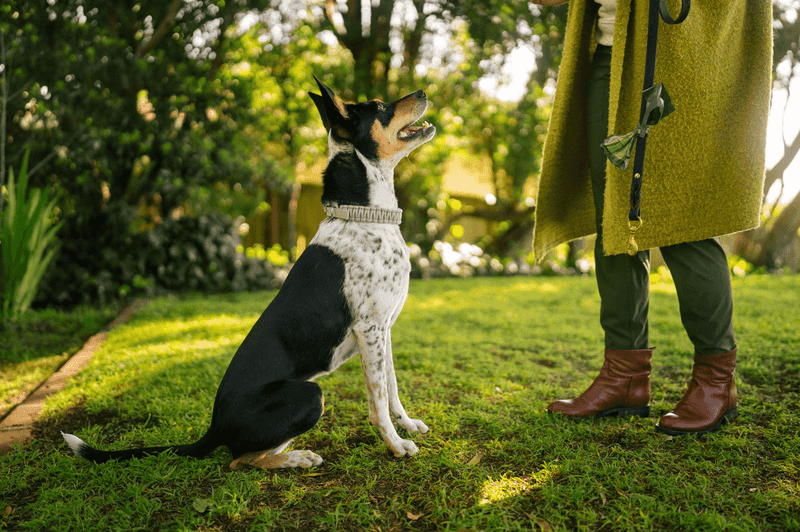
Fancy tricks look impressive on social media, but rushing to advanced training before mastering fundamentals creates confusion. Your dog needs a solid foundation first.
Master sit, stay, come, and leash walking before attempting anything complex. These basics establish communication channels between you and your dog. Think of them as the alphabet your dog needs before writing sentences.
5. Forgetting The Fun
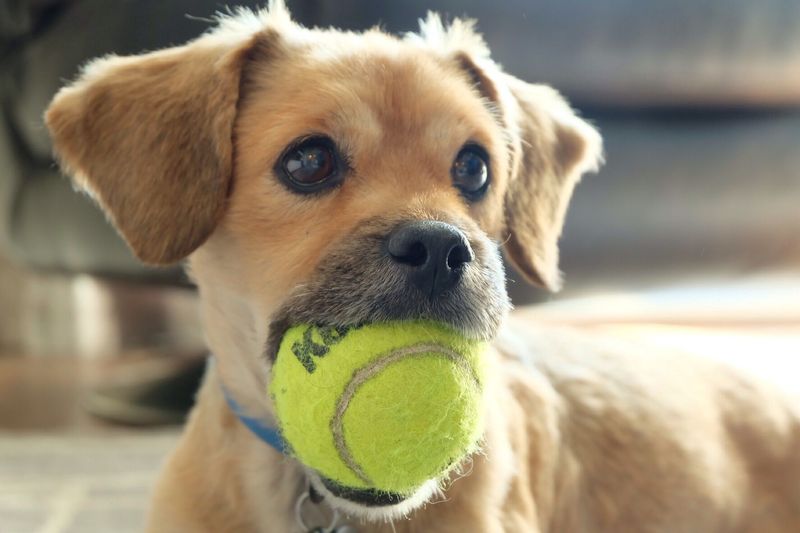
All work and no play makes training feel like a chore for your furry friend. Rigid, serious sessions drain the joy from learning and can create resistance.
Incorporate play into training routines! Toss a ball as a reward or turn commands into games. When dogs associate learning with fun, they engage more enthusiastically. Your excitement is contagious – show your pup that training time means good times.
6. Harsh Corrections
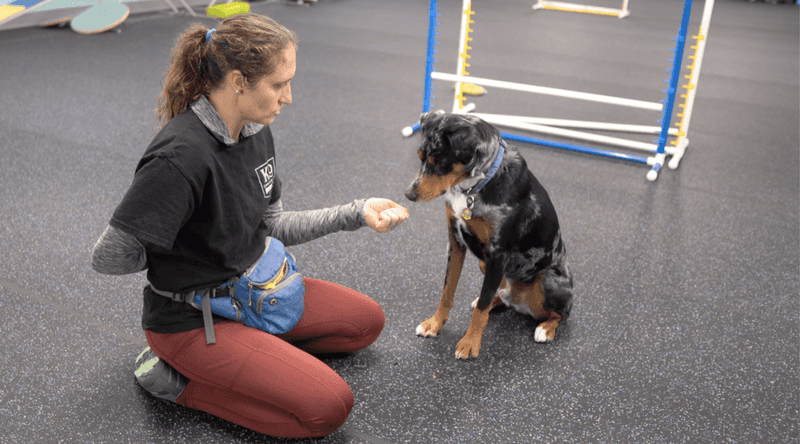
Yelling, leash jerking, or physical punishment damages trust and creates fear. Your dog might comply temporarily but won’t understand what you actually want.
Replace punishment with redirection. When your dog makes a mistake, show them what to do instead. Positive reinforcement builds confidence while preserving your bond. Remember: good training strengthens relationships rather than creating anxiety.
7. Unclear Timing
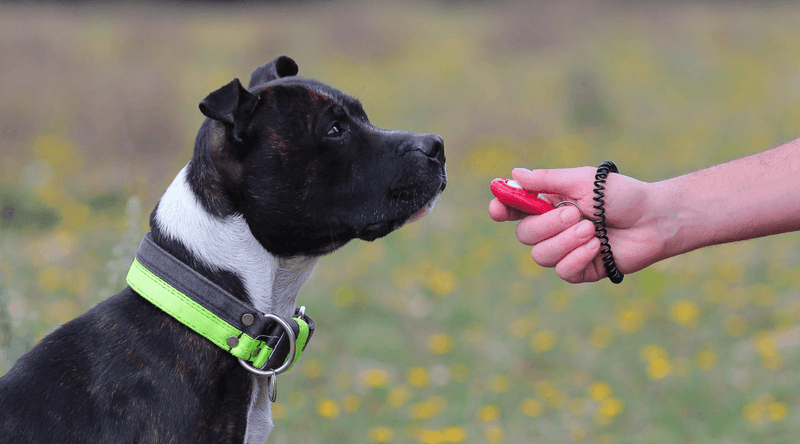
Dogs connect rewards with whatever they’re doing at that exact moment. Delayed treats or praise after a good behavior leaves your pup wondering what exactly earned that reward.
Mark the precise moment of correct behavior with a clicker or consistent word like “yes!” Follow immediately with a reward. This split-second timing clarity helps your dog connect the dots between action and reward.
8. Training Only At Home
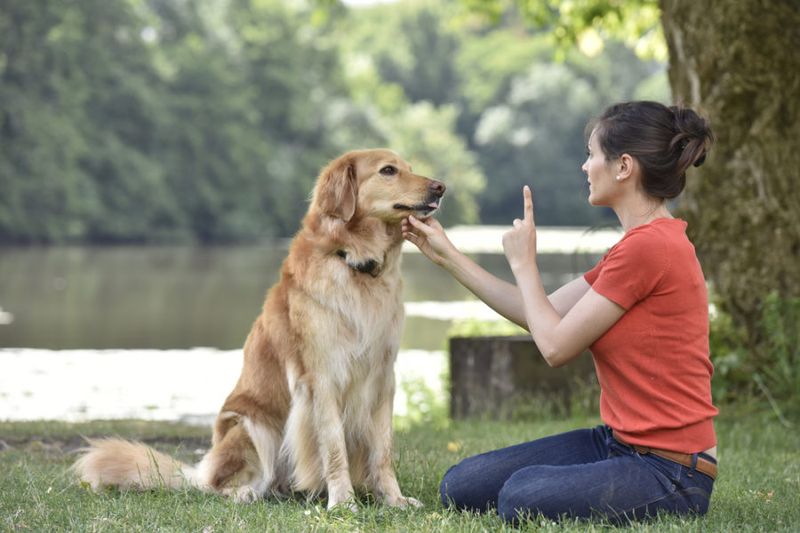
Your dog sits perfectly in your living room but acts like they’ve never heard the command at the park. This isn’t stubbornness – they genuinely haven’t learned to generalize commands to new environments.
Practice commands in different locations with varying distractions. Start somewhere quiet, then gradually increase challenges. This teaches your dog that commands apply everywhere, not just in your training spot.
9. Emotional Training
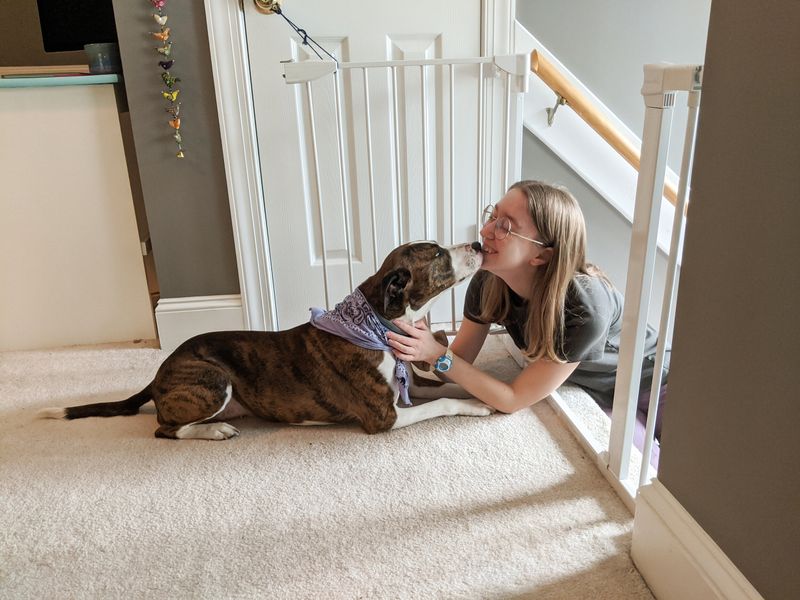
Frustration leaks into your voice when training isn’t going as planned. Dogs are emotional sponges who pick up on your feelings, making them anxious or confused during training.
Take a break when emotions run high. Return to training when you’re calm and positive. Your dog responds best to confidence and clarity. If you’re having a rough day, stick to easy commands or simple play instead of tackling challenging new skills.
10. Inconsistent Boundaries
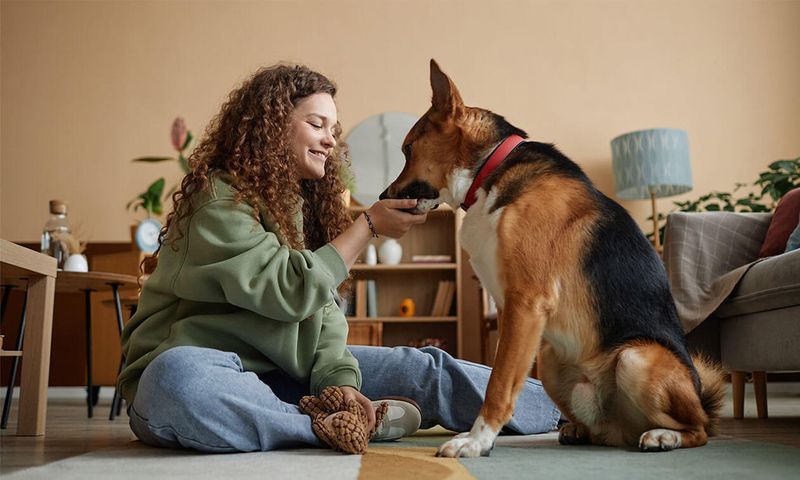
One day your pup can sleep on the bed, the next day they can’t. Sometimes begging works, sometimes it doesn’t. This confusing inconsistency makes rules meaningless to your dog.
Decide on household rules and stick to them. Everyone in the family should enforce the same boundaries. Consistency helps your dog understand expectations clearly, reducing anxiety and testing behaviors.
11. Relying On Treats Forever

Treats motivate learning, but becoming a permanent treat dispenser creates a dog who only listens when food appears. The goal is cooperation regardless of whether snacks are visible.
Start phasing out constant treats once a behavior is learned. Use variable reinforcement – sometimes food, sometimes praise, sometimes play. Gradually extend the number of commands between treats. Your dog will work for the chance of reward rather than expecting it every time.
12. Forgetting Maintenance Training

Many owners train intensively when the dog is young, then stop practicing once behaviors seem reliable. Without reinforcement, even well-learned skills deteriorate over time.
Schedule regular maintenance sessions for previously mastered commands. Quick refreshers prevent regression and keep your dog’s training sharp. Think of it like brushing teeth – consistent upkeep prevents problems rather than fixing them after they occur.
13. Misreading Body Language

Your dog communicates constantly through subtle signals that many owners miss. Stress signs like lip licking, yawning, or whale eye indicate your dog feels uncomfortable during training.
Learn to recognize canine communication signals. Adjust your approach when you see stress indicators. Sometimes a simpler exercise, more distance from distractions, or a quick break is all that’s needed to help your dog succeed.
14. Training When Tired
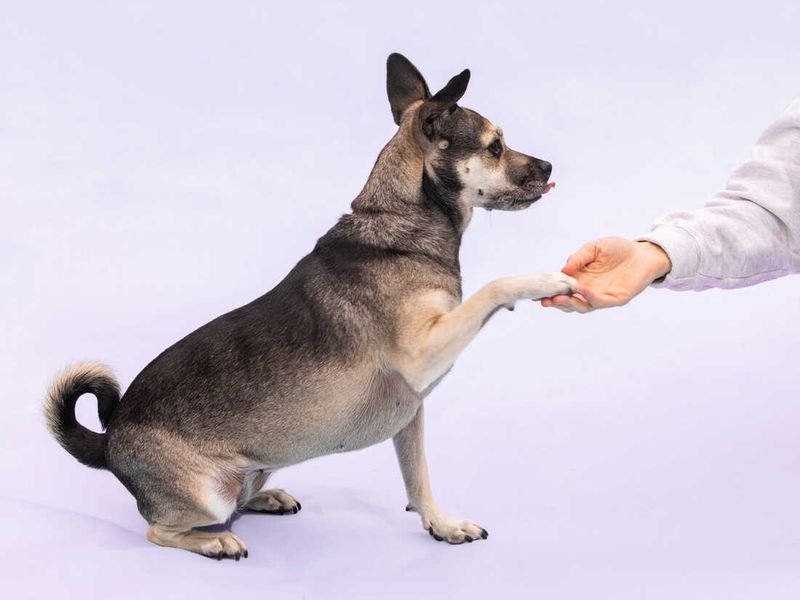
Attempting training when your dog is physically exhausted or mentally drained sets everyone up for failure. An overtired pup can’t focus or retain information effectively.
Schedule training when your dog is alert but not overly excited. After a short walk is often perfect – they’ve burned off initial energy but aren’t exhausted. Watch for engagement cues and end sessions before fatigue sets in.
15. Comparing Dogs
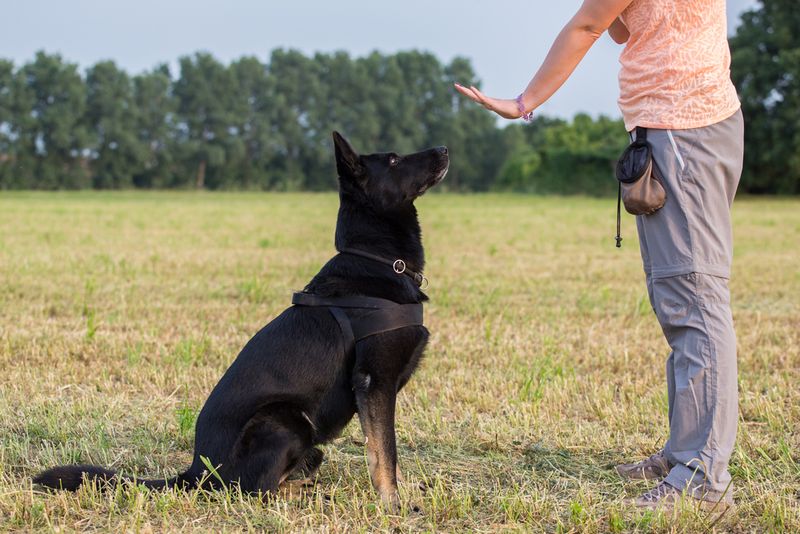
“My neighbor’s dog learned this in a week!” Comparing your dog’s progress to others creates unrealistic expectations. Each dog learns differently based on breed, age, history, and personality.
Celebrate your unique dog’s individual progress. Focus on improvement rather than arbitrary timelines. Some dogs excel at scent work but struggle with impulse control. Others master obedience quickly but fear novel objects. Appreciate your dog’s specific journey.
16. Skipping Mental Exercise
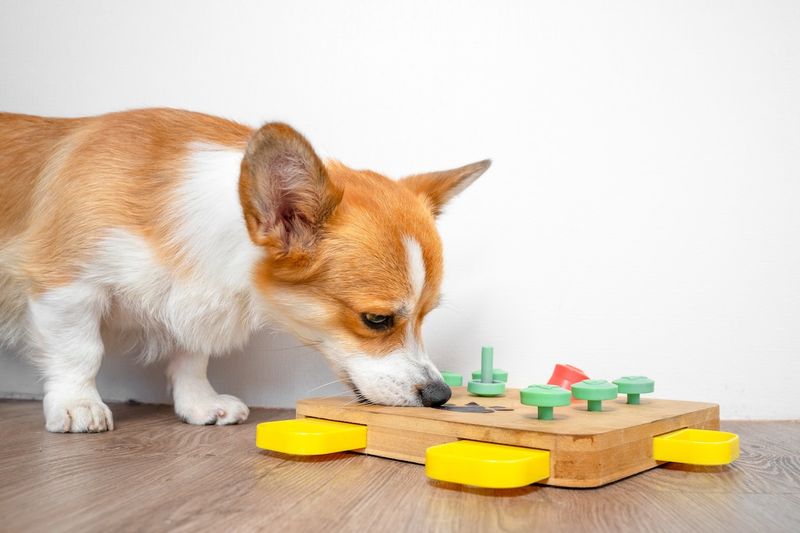
Physical exercise alone doesn’t satisfy intelligent dogs. Without mental challenges, smart pups often develop problem behaviors from boredom and excess mental energy.
Incorporate puzzle toys, sniff walks, and training games into your routine. Mental stimulation tires dogs efficiently and builds problem-solving skills. Just 15 minutes of brain work can exhaust a dog more than an hour of physical exercise alone.






